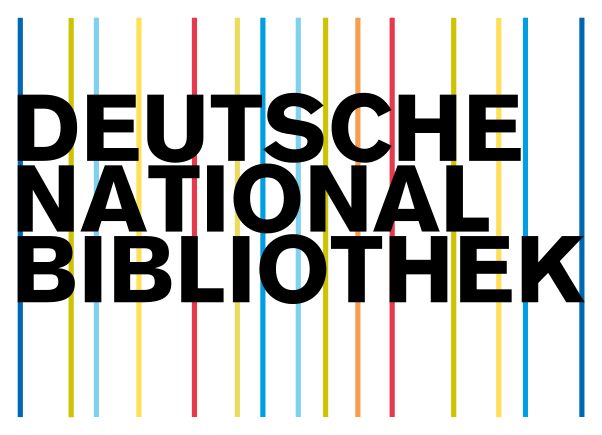A Survey on Sign Language Recognition
DOI:
https://doi.org/10.5281/zenodo.4902967Keywords:
Sign Language Recognition (SLR), Hand Gesture Recognition, Machine Learning (ML), Artificial Intelligence (AI), Real-Time ApplicationAbstract
The modern day applications are more user experience-oriented. Every application tends to gather information specific to each person’s operation and then provide customized features. The methods used to achieve such feats are a product of Machine Learning (ML) and Artificial Intelligence (AI) techniques. Using these techniques, real-time applications are reaching new heights in interacting with humans almost seamlessly. When living in such times, we can use these methods effectively to explore ways to overcome challenging problems. One such problem that we are taking upon is Sign Language Recognition (SLR). The project aims at bridging the communication gap with voice and hearing-impaired people, helping them to converse with the world more fluently. Using hand gestures as the primary input, we convert those into understandable language.
Downloads
References
Muthu Mariappan H and Dr Gomathi V, “Real-Time Recognition of Indian”, IEEE, 2019.
Novira Dwina,Fitri Arnia and Khairul Munadi, "Skin Segmentation based on Improved Thresholding", IEEE, 2018.
Ashish Sharma, Anmol Mittal, Savitoj Singh and Vasudev Awatramani, "Hand Gesture Recognition using Image Processing and Feature Extraction Techniques", 2020.
S. Reshna and M. Jayaraju, "Spotting and Recognition of Hand Gesture for Indian Sign Language Recognition System with Skin Segmentation and SVM", IEEE, 2017.
Anup Kumar, Karun Thankachan and Mevin M., "DominicSign Language Recognition", IEEE, 2016.
Ashish S. Nikam and Aarti G. Ambekar, "Sign Language Recognition Using Image Based Hand Gesture Recognition Techniques", IEEE, 2016.
Tülay KarayÕlan and Özkan KÕlÕç, "Sign Language Recognition", IEEE, 2017.
Lance Fernandes, Prathamesh Dalvi and Akash Junnarkar, "Convolutional Neural Network based Bidirectional Sign Language Translation System", 2020.
Thanasekar B, Akshay V, Deepak Kumar G and Abdul Majeed Ashfaq, "Real Time Conversion of Sign Language using Deep Learning for Programming Basics", 2019.
J Vaishnavi, M Vindhya, Mohammed Sadiq and Supreetha Vemala, "MUDRAKSHARA - A Voice for Deaf/Dumb People", 2020.
Purva Chaithnya Badhe and Vaishali Kulkarni, "Artificial Neural Network based Indian Sign Language Recognition using hand crafted features", 2020.
Md. Mehedi Hasan, Azmain Yakin Srizon and Md. Al Mehedi Hasan, "Classification of Bengali Sign Language Characters by Applying a Novel Deep Convolutional Neural Network", IEEE, 2020.
Jenifer Nadar, Jerryman Lopes and Parth Dave, "Hand Gesture and Voice Recognition using Sign Language", 2018.
Swapnil Chandel, Mrs. Akanksha Awasthi, "Hand Gesture Recognition for Sign Language Recognition", IJSTE, 2016.
Downloads
Published
How to Cite
Issue
Section
URN
License
Copyright (c) 2021 Perspectives in Communication, Embedded-systems and Signal-processing - PiCES

This work is licensed under a Creative Commons Attribution 4.0 International License.






